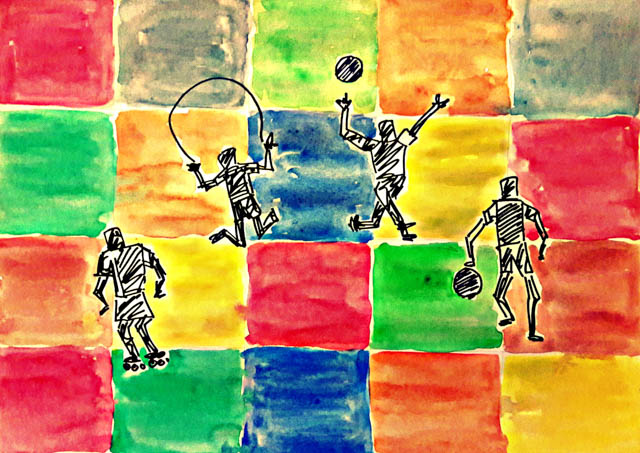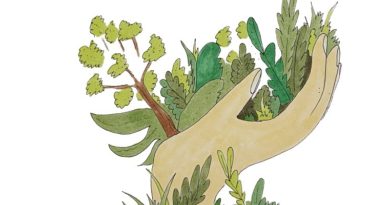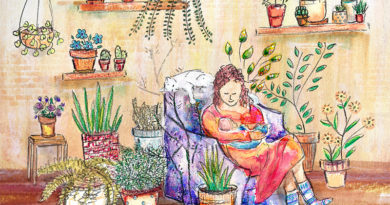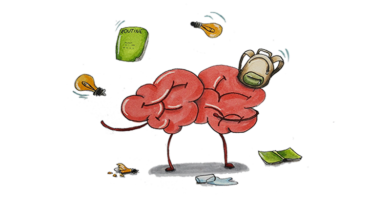Physical Development and Learning: Moving is Thinking!
In Switzerland and many other European countries, team and athletic sports are not organised as part of school. They are social, community activities, so parents start the children off, taking them to events and practices and, if the kids get keen, becoming football mums or hockey dads! Children of working parents are most likely to start in holiday camps or sports clubs at the weekends. Relatively young children need to commit to team practices two or three times per week, so it helps if they are old enough to travel to their favourite sport and back independently.
If we go back to the essence of the physical development that sport and dance bring, they can be an enduring source of satisfaction and help us throughout life – not only by building muscles and stamina but also social skills when we revel in success. They can help us emotionally, too, as we learn to face challenges and deal with obstacles gracefully.
Most physical activities need space, and this gives kids a different awareness of themselves. They can tune into their bodies and feel the benefits of fresh air if outdoors, and sometimes nature, too.
Traditionally, sport in schools from primary age onwards is associated with getting a few lessons of physical education (P.E.) per week at the most, occasional relief from mental work and writing at a desk. In some alternative schools, learning is organised differently. For example, according to Montessori philosophy, children need to explore and discover by themselves, so they move between individual lessons throughout a “work cycle” (the length of a double lesson), at their own pace, provided they do not disturb others. The core idea is that moving is a natural complement to how children think, and being able to move one’s own body around a classroom encourages independent learning. From the age of three years, physical sensitivity is emphasised – touch, taste, and hearing, for example.
This makes sense, because most kids learn from tangible things rather than abstract concepts. When we learn to count it is most effective on our fingers; when we cut an apple into two we can really feel the equal size of the two halves, and until our children are well into primary school acting out maths problems by linking a shopping role-play with addition and subtraction at the till is more likely to work as a method than sitting down and writing digits on a piece of paper.
Moving outside to learn is easiest when children are young. Forest schools are usually half-day sessions for children aged up to five or six, but a series of, for example, six lessons in nature can be given regularly up to age nine if the school can accommodate it in its timetable.
You do not have to go very far to be immersed in nature when you live in a Swiss town! However, the weather and elements are uncontrollable and unpredictable, so learning indoors is more reliable once lessons become intense. Perhaps using smartphones or iPads to record our observations and discussions outside with children will make it easier to turn nature into the classroom.
I find taking children outside every day is an important part of their early education, and they interact and communicate differently with their friends when they are playing and charging around the playground. It reminds me that the external world can reflect our inner states, and as dance therapists find, some of us find it easier to express ourselves from the act of moving than from trying to think up an answer.
In Waldorf-Steiner schools, a type of movement art called Eurythmy is a required subject – it is “meant to help children develop harmoniously with mind, body and soul”[1] as well as P.E. (called Movement Education), which includes games, pentathlon and team sports at high school.
All of these ideas could help those children who are not suited to traditional methods of teaching and learning. Some estimate that this could be up to 20% of children in an average school.
We can encourage children to enjoy their physical freedom and sense of being through a regular sport or physical activity. In so doing, we teach them the value of other dimensions of experience, and provide a balance to the academically necessary hours spent at their desks in secondary school.
References:
[1]Woods, Ashley and Woods, Steiner Schools in England, University of West of England, Bristol: Research Report RR645
http://ww2.kqed.org/mindshift/2015/03/26/why-kids-need-to-move-touch-and-experience-to-learn/
https://en.wikipedia.org/wiki/Curriculum_of_the_Waldorf_schools
By Monica Shah
Monica is our education specialist and founder of Children First. She enjoys living and working in Zurich and hiking in Switzerland with her 14-year-old son whose favourite sports are Taekwondo and Cricket.
Illustration by Sharanya Mageshwaran
Sharanya Mageshwaran is a stay-at-home mom of a very naughty three-year-old who speaks better German than her mother does. Before moving to Zurich, Sharanya was a pharmaceutical research scientist in India. She loves painting and sketching with fauvist expressionist abstract themes. More of her artwork can be see here: http://somelightandcolor.blogspot.ch/




